This website uses cookies.
Continued use of this website indicates that you have read & agreed to our Privacy & Disclaimer Policy.

We at Bajaj Auto Ltd dedicate ourselves to creating new technologies incorporated in our products that deliver power with fuel efficiency, continually delighting end users. Self-reliance in all aspects lead to technological breakthroughs without compromises and at an affordable cost.
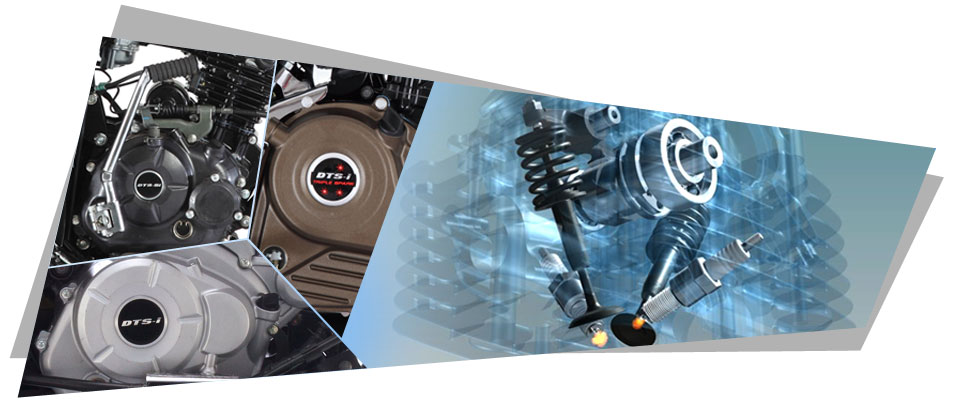
At the heart of every Bajaj motorcycles lies a singular driving force: Technology. The element that keeps every rider, ahead of the rest.
Bajaj’s patented technology, DTSi - stands for Digital Twin / Triple Spark Ignition.
This essentially uses 2 or 3 spark plugs in the cylinder head coupled with a digital ignition system to augment & exploit lean burn characteristics for faster combustion that results in more torque, reduced tail pipe emissions and improved mileage.
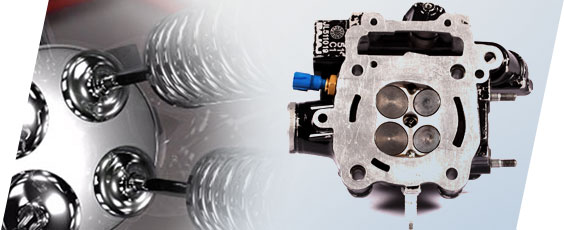
The 4 valve technology has been built keeping in mind an efficient combustion process, without compromising on low speed ride characteristics. As compared to a similar displacement and combustion chamber dimensions of a 2 valve engine, the 4 valve engine has much more intake and exhaust area.
As each valve is service by its own intake or exhaust port, it provides high intake and exhaust gas breathing efficiency. 4 valve engine valves are smaller and lighter as compared to an equivalent 2 valve configuration.
This greatly enhances the high rpm breathing efficiency and thus results in more power and torque than an equivalent 2 valve engine.
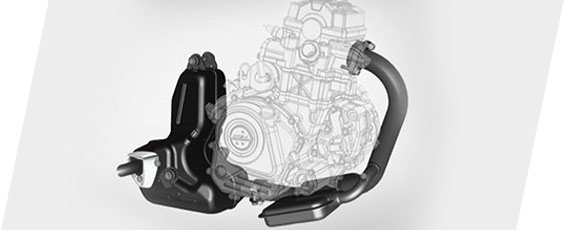
T.E.C in ExhausTEC stands for Torque Expansion Chamber - a tuned box which functions as a resonator which is optimally and unobtrusively placed in the exhaust system of the vehicle. It enables the engine to produce more torque in the low to mid-range RPMs of the engine.
By virtue of enhanced low and mid-range torque, ride characteristics are vastly improved along with benefits of maximizing fuel efficiency.
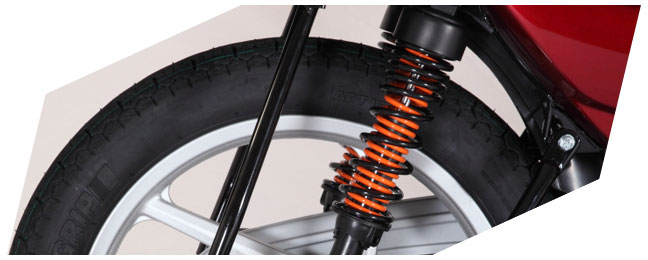
SNS stands for Spring-in-Spring, patented by Bajaj Auto.
An engineering break through that utilizes 2 co-axial springs mounted on a shock absorber at the rear in a twin shock set up that helps in delivering a comfortable ride on any terrain.
It combines the benefits of long travel suspension and ability to quickly react to varied road surfaces especially for the utility range of motorcycles.

The Digital Capacitor Discharge Ignition continuously senses engine speeds, throttle inputs, engine temperature and riding conditions to continuously and seamlessly provide optimum ignition timings. This built in Intelligence in the C.D.I thus provides multiple benefits of a quick start, brisk pick up, high power, high fuel efficiency and low tail pipe emissions in a seamless manner to the rider.
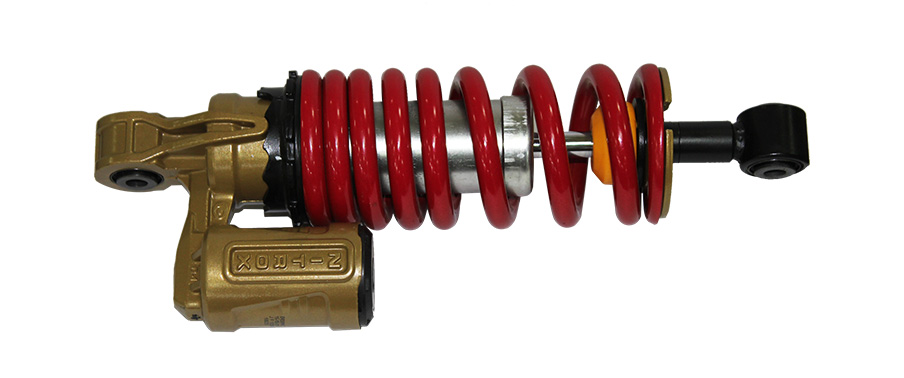
Normally, the suspension on motorcycles are spring absorbed and hydraulically damped. While this has worked very well over time, riders demand more ride comfort. A variable rate suspension spring does a good job of absorbing all road irregularities, it is the hydraulic damping which has some limitations in the initial damping action and which it is not capable of catering to.
This is primarily due to the presence of a small amount of air in the hydraulic damper, which causes cavitation and impedes a smooth hydraulic damping action. In a Nitrox setup, Nitrogen gas under pressure co-exists in a chamber next to the oil, thus preventing any presence of air in oil and preventing cavitation.
The initial damping action is thus catered to effectively and the net result is a very smooth ride, especially over small undulations. As the Nitrogen gas molecule is large, it does not leak easily and is retained in the damping system for a long time.
By virtue of Nitrogen being stored in a separate external canister, it gets cooled by ambient air and thus leads to a highly efficient and consistent damping action over extended period of usage and any road surfaces.
